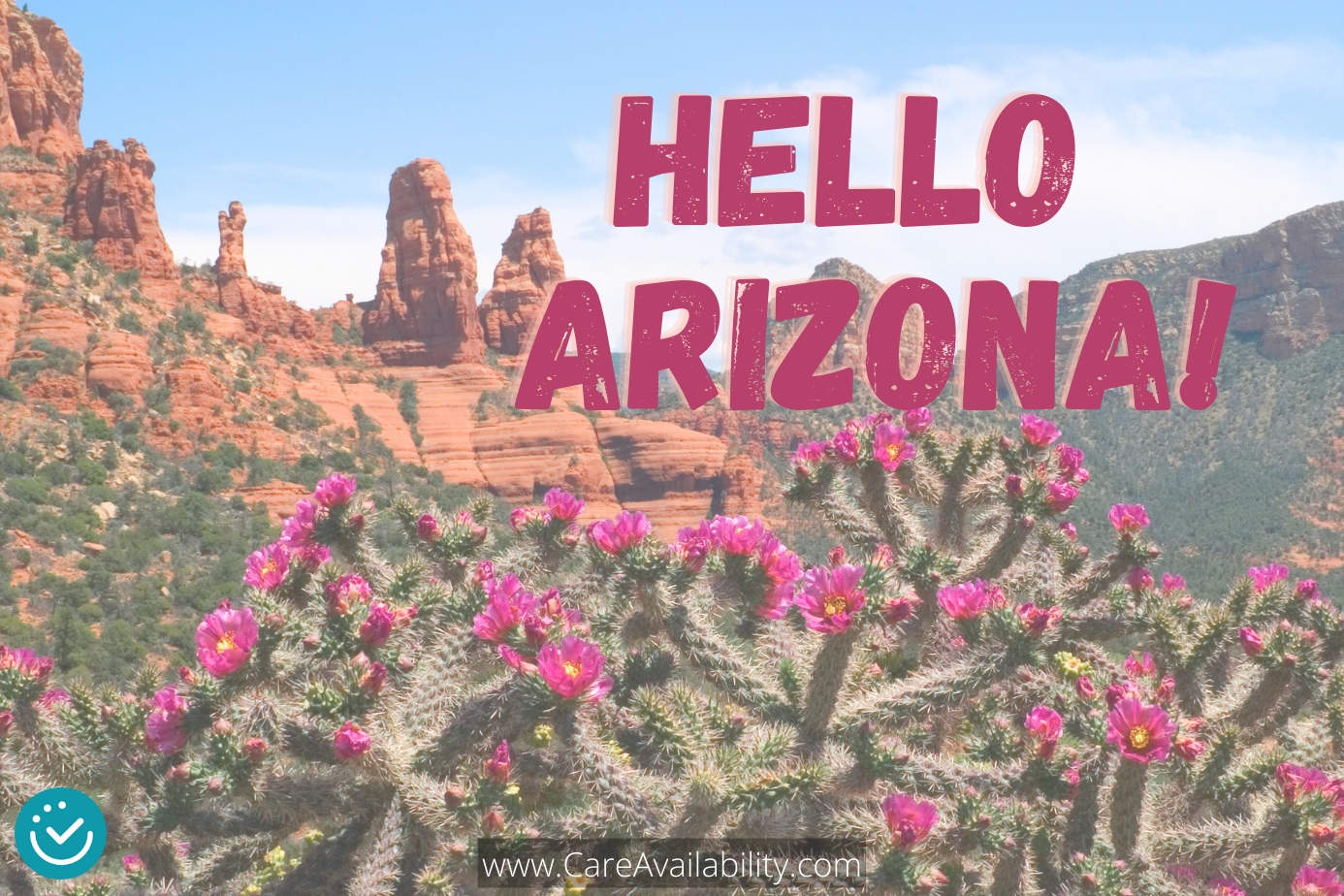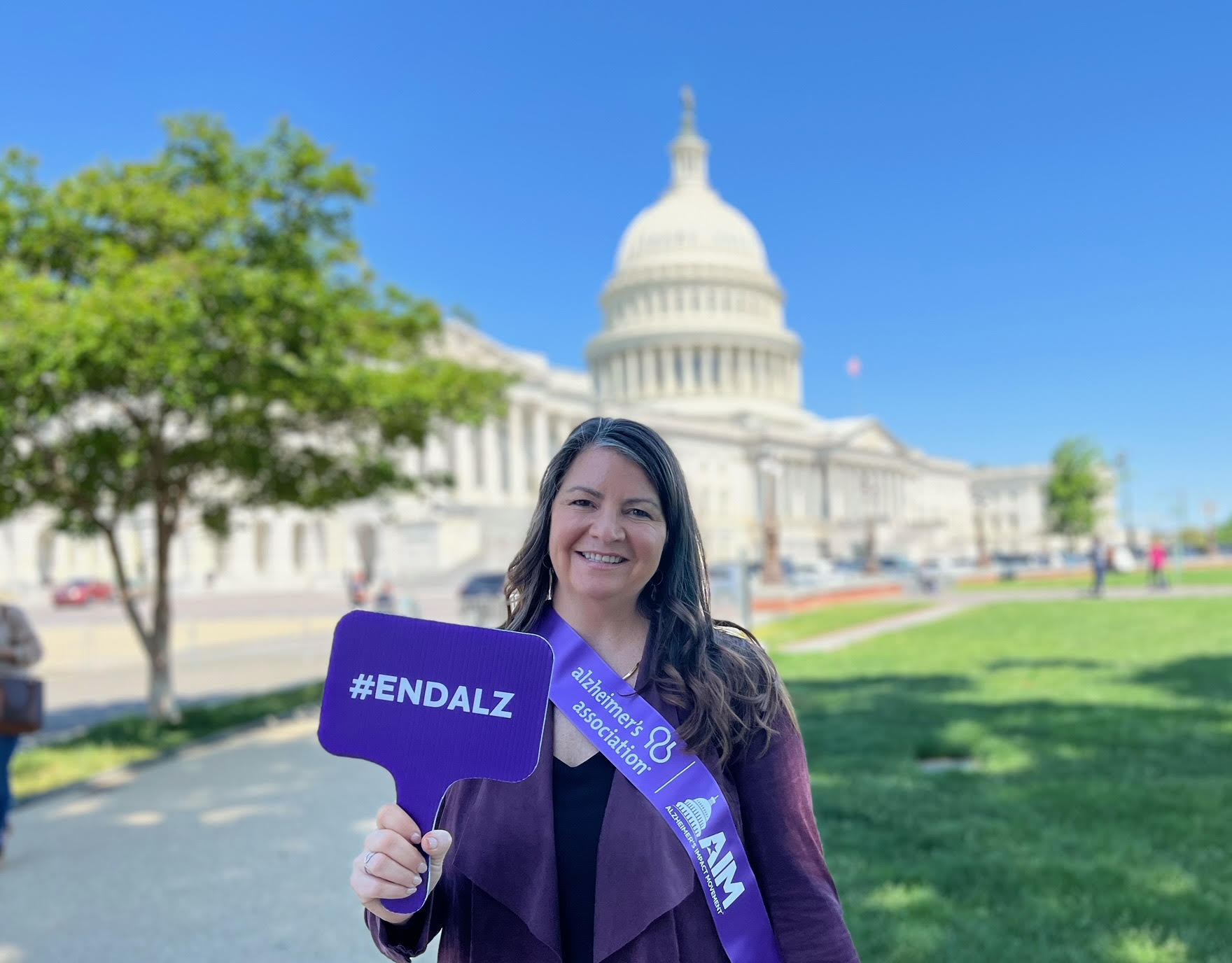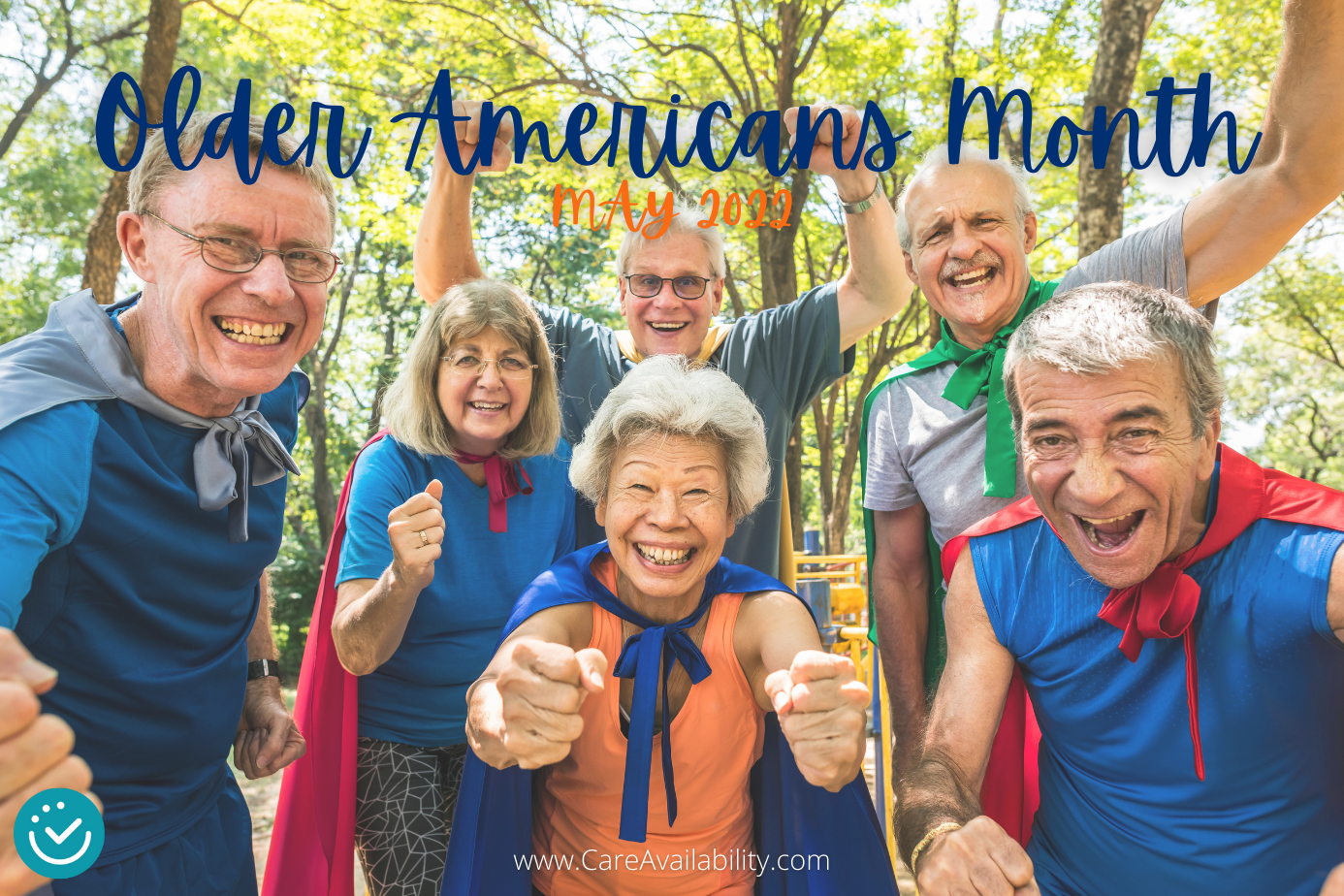CareAvailability expands into Arizona to help families navigate senior care options
CareAvailability is proud to announce its expansion into Arizona. CareAvailability remains a NEW industry standard as the first and only website that delivers real-time reporting of availability for senior care to the minute. The site first launched in Oregon during the COVID pandemic as an effort to help hospitals find care for patients needing to transition out of beds. Washington was added soon after the site went live, followed by California, Florida, and now Arizona. Unlike other sites, this online resource lists every provider for free, and each can update their current availability at no cost; this significantly increases Family and Patient Freedom of Choice like never before. Until now, there has not been a site that delivers a comprehensive list for families to search without having to give any personal details.
Senior advocates and health professionals rely on CareAvailability to put together comprehensive lists of care options, as well as allowing people to self-navigate searching for care providers. Instead of care providers needing to update multiple paid sites, CareAvailability is an easy one-stop resource, as they do not charge hospitals, physicians, health clinics, social workers or any health team for their services. Medicare Ratings are also included to support Patient Freedom of Choice.
CareAvailability continues to alleviate the search for senior care in an already trying time. Options can be overwhelming, especially when families don’t know where to start. The team at CareAvailability has taken extra steps to provide educational articles to help families better navigate the maze of Long Term Care and aging, by providing links to state agencies, as well as explaining local terminology and regulations.
“There are tons of website that offer senior care and housing listings, but CareAvailability.com is the only one that lists every agency at no cost to the providers to be included, and does not require families to share their personal information to view the search results,” CareAvailability’s CEO, Amy Schmidt, says. Ms. Schmidt further explains, “It is truly the first comprehensive resource site.”
Care Availability’s expansion to Arizona means an additional 2,758 providers are now listed in Care Availability’s database of resources, which includes more than 2,050 assisted living communities, 200 home health agencies, 170 skilled nursing facilities, and 237 hospice agencies.
Fun Facts about Arizona
Arizona, nicknamed The Grand Canyon State, is a popular destination for hikers and nature lovers, boasting more than 30 state parks and natural areas. Arizona is of course home to The Grand Canyon National Park, one of the seven wonders of the world and the only one located inside the U.S.
In 1912, Arizona became the 48th state admitted to the Union. Arizona is derived from the Aztec Indian word “arizuma” meaning “silver bearing”.
About Care Availability
Care Availability is a website dedicated to helping seniors, their families, and healthcare professional
find care in real time. Specific questions can be directed to the Care Availability Team’s contact page or
connect with them on Facebook.





